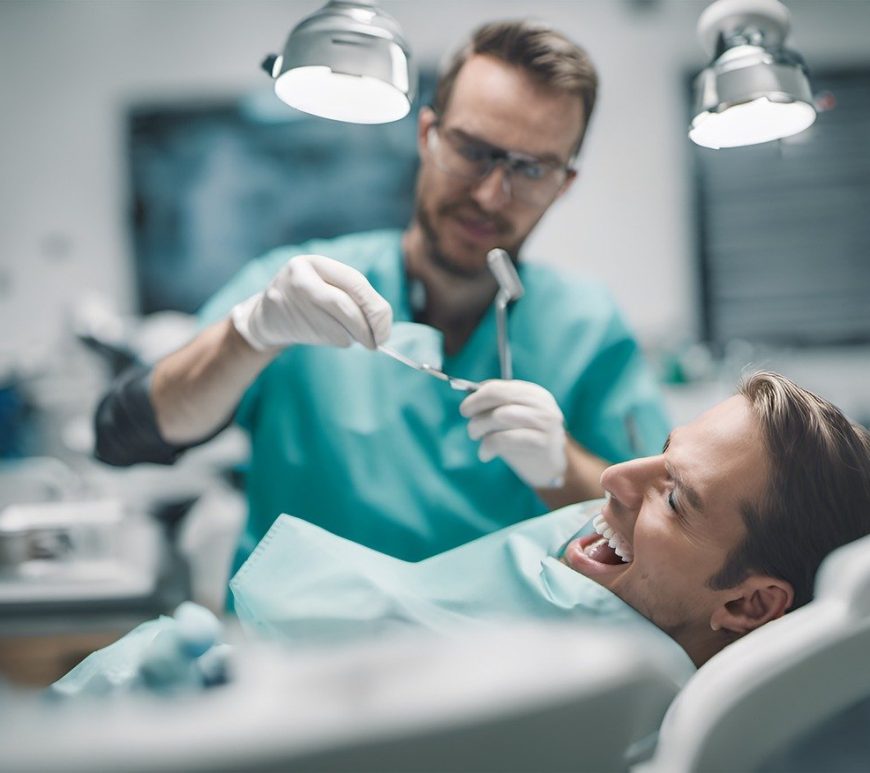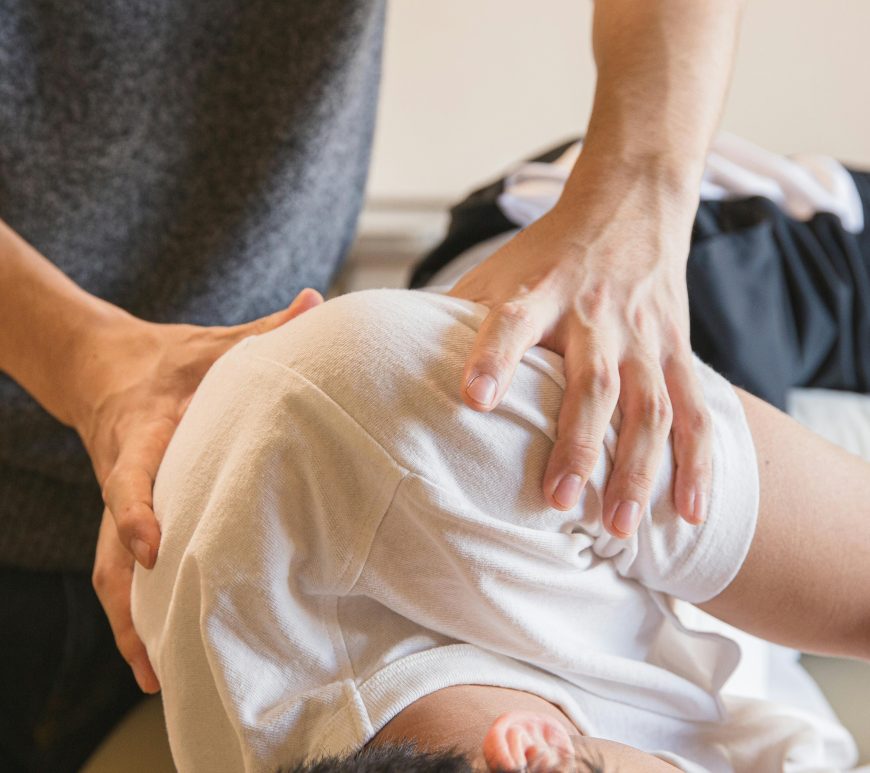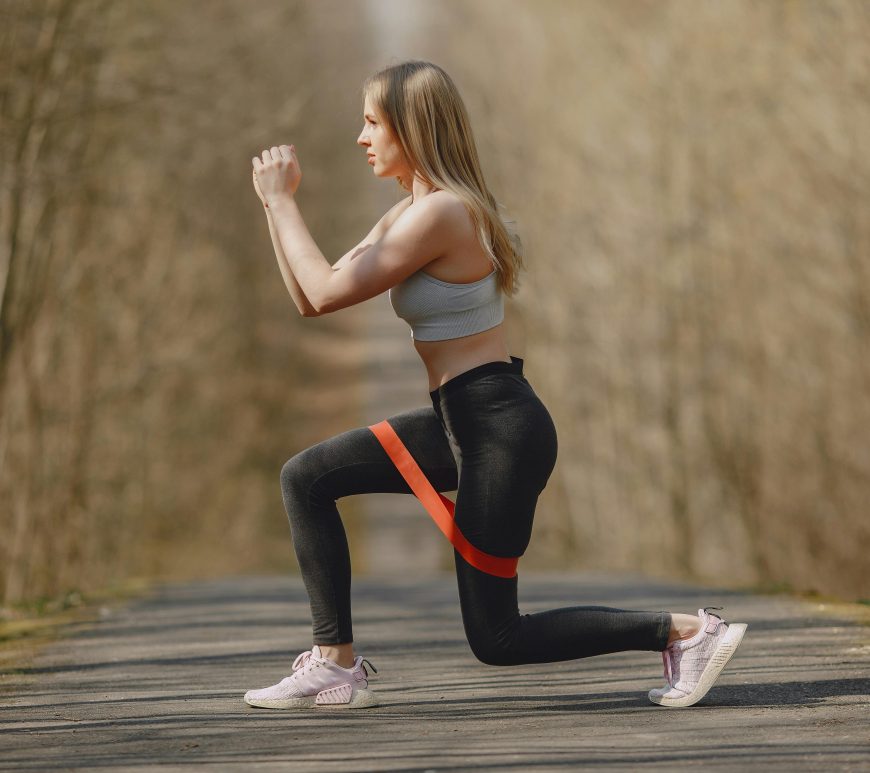
Can specialized pillows or exercises improve infant head shapes?
In 2013, a clinical trial researchers evaluated the effectiveness of two preventative methods for positional head deformities in infants: stretching exercises and the use of specialized bedding pillows. The study, led by Jan-Falco Wilbrand and colleagues, included 50 children aged 5 months or younger who had been diagnosed with either plagiocephaly, brachycephaly, or a combination of both conditions. The participants were randomly assigned to two … Continue reading Can specialized pillows or exercises improve infant head shapes?



